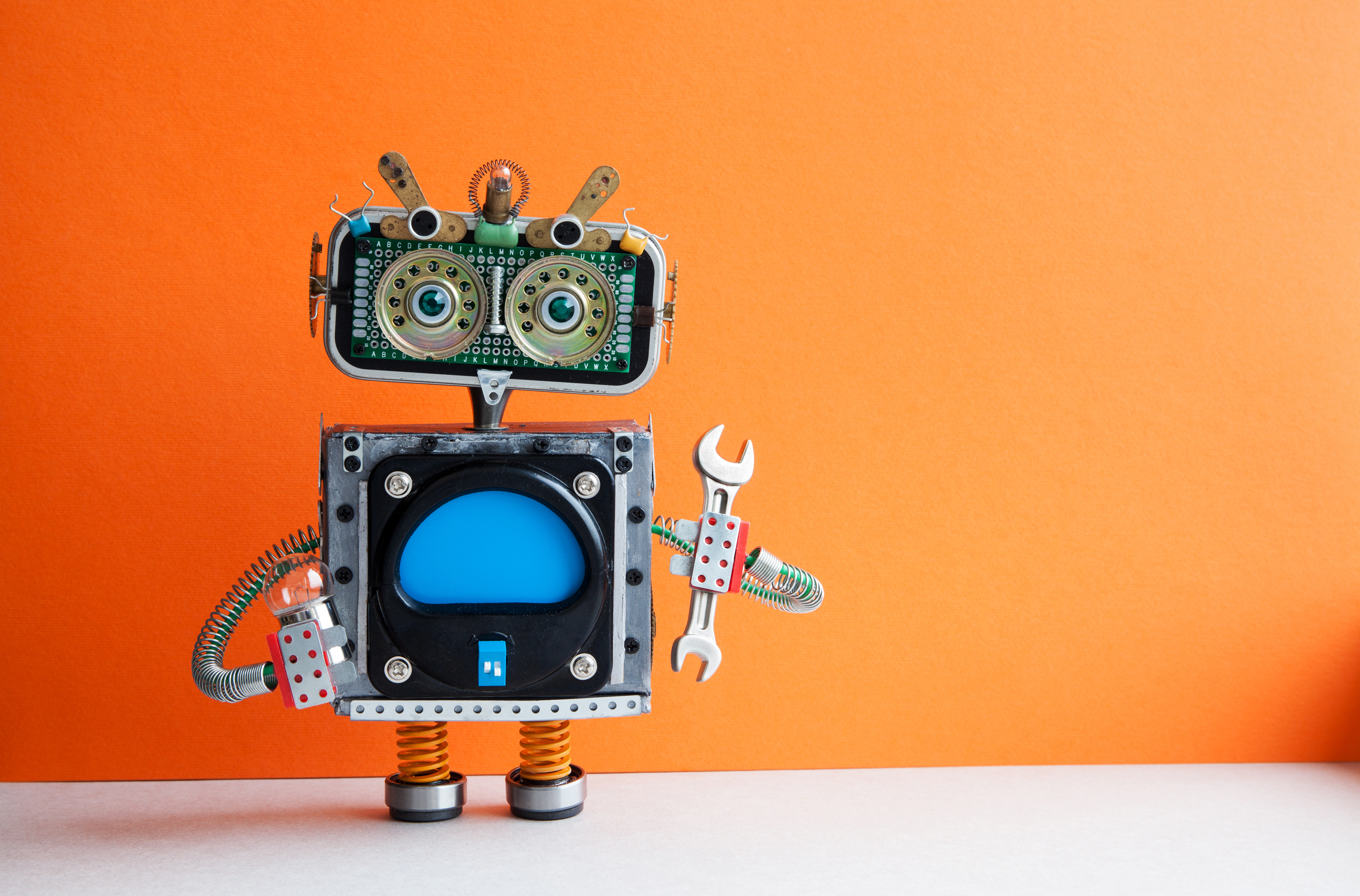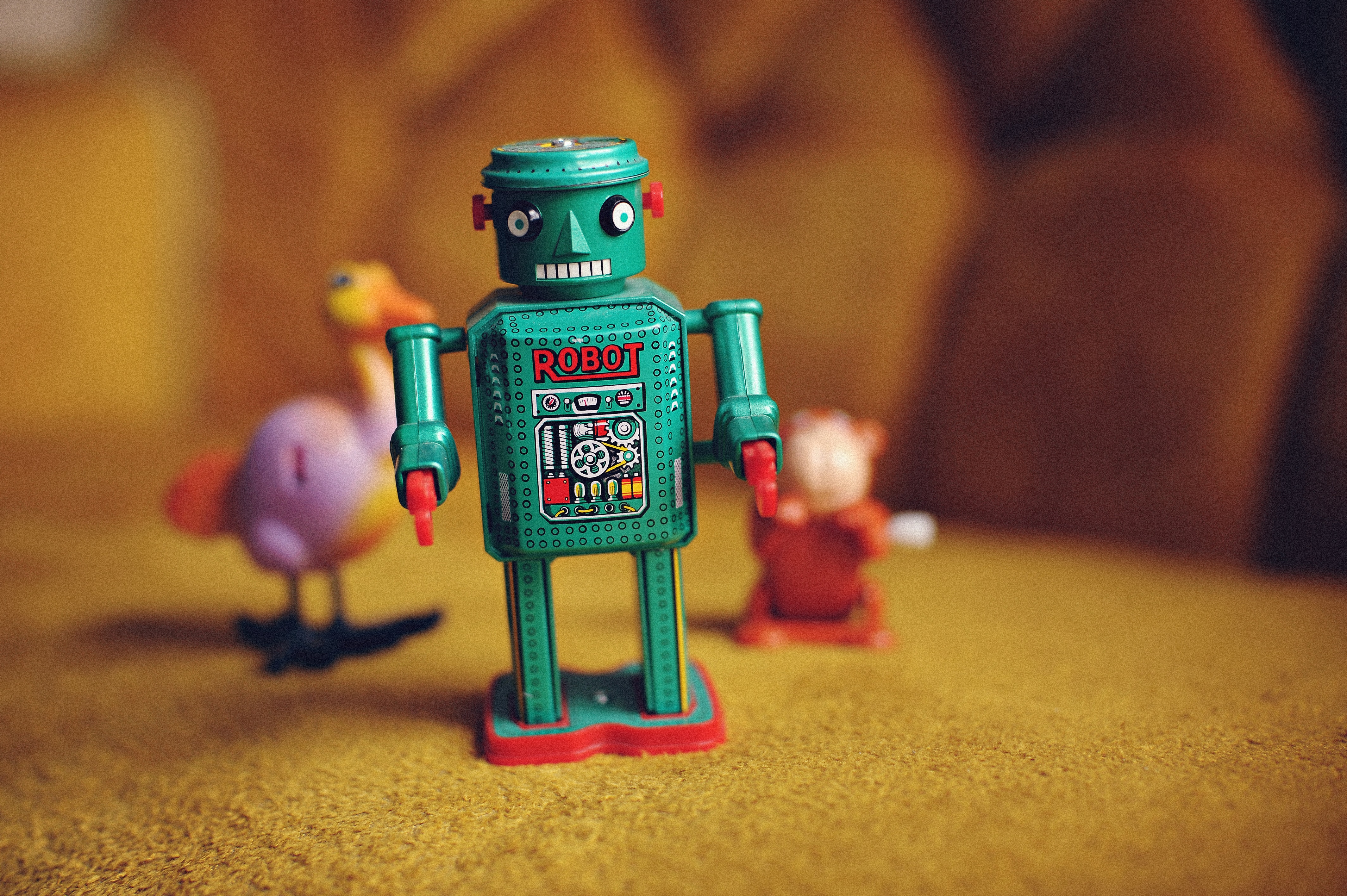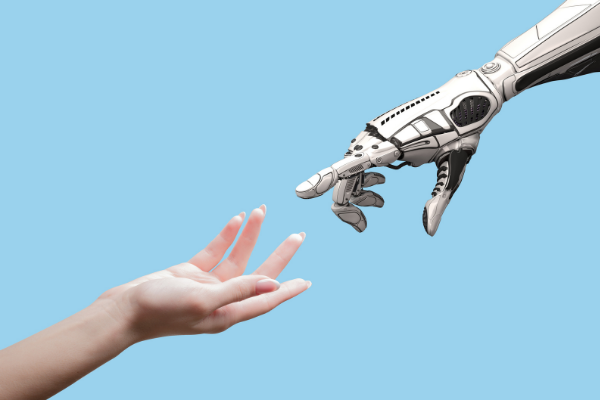Insights
INSIGHTS
All Topics
How charities are using chatbots
17 May 2021by Paul Rubens
We explore how charities are using low-level AI chatbots to meet the demands of COVID-19
Chatbots are coming to the rescue for charities around the word that have found resources stretched due to COVID-19. Chatbots have been helping many charities keep their operations going with fewer staff and diminishing resources.
With fundraising negatively impacted by the pandemic, many non-profits have been forced to place staff on furlough or temporary leave. Chatbots have eased the strain on remaining staff by carrying out routine tasks, such as responding to simple enquiries from potential donors and service users.
Simple repetitive tasks
Chatbots help by harnessing the power of programming rules or fairly simple artificial intelligence (AI) algorithms to work out what kind of help or information chat users need, and then provide it automatically.
A good chatbot should be able to deal with the most commonly asked questions and repetitive administrative tasks that it encounters, freeing up staff to deal with more complex questions and provide specialist help to those that need it.
Some of the most common ones are Facebook chatbots that use Facebook’s Messenger application. Charities can set these up fairly easily on their Facebook pages using bot tools such as Botsify or Chatfuel.
The simplest chatbots use a rules-based system rather than employing AI. These offer users a choice of things that they can do, such as ask a specific question or donate. These chatbots then run through a pre-scripted set of responses and further questions, guiding the user through the conversation or transaction.
The drawback to this type of chatbot is that if none of the options offered by the chatbot is relevant to the user then the chatbot cannot help. But by serving the needs of some people, it takes the pressure of the humans who have to deal with everything else.
Natural language
More advanced chatbots allow users to type in any kind of enquiry, and then use natural language processing to try to understand what the user wants and then to supply appropriate information in response. These type of chatbots can work extremely effectively, but they can also sometimes fail to understand what the user wants. This can cause frustration on the part of the user, but a good chatbot should pass the user on to a human when this happens.
Comfortable with chat
Chatbots certainly have their drawbacks, such as having difficulty handling anything but the simplest and most common interactions, and it may be the case that older people would rather speak to a real person on the phone than try to communicate with a chatbot.
Conversely, younger people are far more used to communicate via chat applications and interacting with bots. It may also be the case that service users may feel more comfortable enquiring about certain types of issues with an automated chatbot rather than with a real person.
It’s slang, innit?
A common problem with some chatbots is that they tend to be designed to be used in a single language, and it is easy for designers to overlook the fact that some people who wish to interact with them may be non-native speakers, or they may speak in a regional dialect, they may use instant messaging slang, or they may simply not be good at spelling.
That means that charities designing a bot need to carefully consider what languages and dialects potential users may want to communicate in. The WHO launched a chatbot on WhatsApp early in the pandemic that provides information about COVID-19 to people around the world, and initially, this was only available in English. But WHO has since expanded its capabilities to include a number of languages including Arabic, French, Hindi, Italian, Spanish, and Portuguese.
Twenty-four-hour service
Charities can use chatbots to relieve humans of many common task. They can be designed to:
- Provide advice to service users
- Collect data from service users and potential donors
- Carry out fundraising activities or help people to make donations
- Take registrations for events or enrol new volunteers
- Tell stories about the charity’s activities
- Provide alerts and important new information to donors and service users.
It’s also important to remember that chatbots can operate all day and all night, potentially providing help when it might not be available from a human.
More cash for cars
Children’s charity Cars for Kids runs car auctions every week to raise money for schools. Thanks to the pandemic, however, they had to move all of their auctions online, streaming them live on Facebook.
But a potential problem for the charity was that with tens of thousands of people viewing the auctions, there were – inevitably – thousands of questions and comments posted via the site. Answering these enquires and acknowledging the comments would have been a mammoth job for the charity’s staff, so the charity turned to a chatbot for help.
The chatbot has been designed to be able to answer many of the most common questions that are asked, taking the strain off Cars for Kids staff. It also used AI to understand when a comment comes from someone who is intending to make a bid for one of the cars at its auctions, and then sends them information about the auction automatically.
One result of this is that since the chatbot was launched the average sale price of cars at the auction increased, enabling the charity to raise more funds from each auction.
Help for teens
Is This OK? is another interesting chatbot. It is the result of a partnership between Runaway Helpline and Childline, with funding provided by Children in Need. Targeted at those aged between 13 and 18 looking for support or feeling pressured or confused, the chatbot asks some simple questions before offering useful information or connecting the young person to a real person for a chat conversation.
As mentioned earlier, people in this age range are often comfortable entering into a chat session with a chatbot. In the first three weeks of the chatbot’s operation over 600 people – the majority aged under 16 – interacted with the service.
One benefit that the chatbot provides is that it is available 24 hours a day, even though the service’s advisers are only available for about half that time. In the first three weeks, more than 10% of the chatbot’s interactions were at times when humans were not available.
More on this topic
Recommended Products
15 Jan 2025by kirsty marrins
AI and the future of service delivery
14 Jan 2025by Josie Sparling
How digital access challenges impact charities and service users
13 Jan 2025by Ioan Marc Jones
An A-Z glossary of service delivery terms and definitions
Our Events
Charity Digital Academy
Our courses aim, in just three hours, to enhance soft skills and hard skills, boost your knowledge of finance and artificial intelligence, and supercharge your digital capabilities. Check out some of the incredible options by clicking here.



















